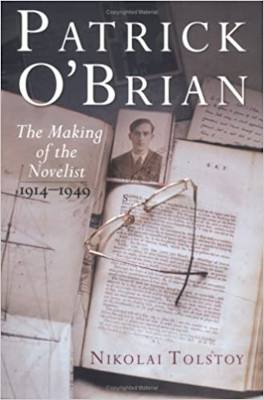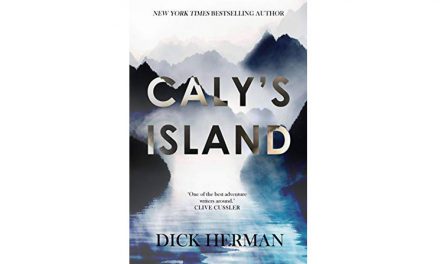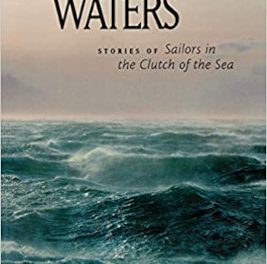 A person who attains celebrity status arouses curiosity and inquiry about his or her past. It’s the price of fame. Patrick O’Brian, best known for his Aubrey-Maturin historical novel series, is no exception. But O’Brian’s private life was what he wanted to keep out of the public eye, which led to speculation, rumor, and distortion about his life, much of it perpetuated by O’Brian himself. Talk to an avid O’Brian fan and it will be evident that the mystery continues to swirl around the life of this author. O’Brian’s sailing experience, his name change, the “abandonment” of his wife and children, and his activities for the British Intelligence during World War II become fodder for debate.
A person who attains celebrity status arouses curiosity and inquiry about his or her past. It’s the price of fame. Patrick O’Brian, best known for his Aubrey-Maturin historical novel series, is no exception. But O’Brian’s private life was what he wanted to keep out of the public eye, which led to speculation, rumor, and distortion about his life, much of it perpetuated by O’Brian himself. Talk to an avid O’Brian fan and it will be evident that the mystery continues to swirl around the life of this author. O’Brian’s sailing experience, his name change, the “abandonment” of his wife and children, and his activities for the British Intelligence during World War II become fodder for debate.
Nikolai Tolstoy, O’Brian’s stepson and biographer, addresses these controversial topics. He recognizes that O’Brian is considered by many to be Britain’s greatest 20th century author and he aims to set the record straight. If you’re a literary historian, he’s probably succeeded. If not, you may be a bit overwhelmed by the thoroughness of the biographer’s research.
Tolstoy refutes and challenges an earlier biography, Dean King’s Patrick O’Brian: A Life Revealed (Hodder & Stoughton, 2000). To build and support his case that O’Brian has been misunderstood, if not vilified by King and others, Tolstoy plays part sleuth and part psychoanalyst. He traces O’Brian’s development as a writer from his troubled and dysfunctional childhood and adolescence, through his first marriage and World War II experiences, his affair with and eventual marriage to Tolstoy’s mother, and his ongoing struggle to succeed as a writer. His extensive sources include interviews with siblings and acquaintances, family correspondence, memoirs, government and court records, personal journals and O’Brian’s early works of semi-autobiographical fiction.
If you’re looking for a chapter devoted solely to the development of the Aubrey/Maturin series, you’ll be disappointed. However, the patient reader will find that throughout the text and footnotes Tolstoy scatters references to people, places and events in O’Brian’s life that offered inspiration for, or can be traced to, the series. For example, we learn that from early childhood, O’Brian was a natural history buff, and that the character of Jack Aubrey was modeled after three men O’Brian knew and admired, one of whom was an older brother who died flying a bombing mission over Germany during World War II.
So for all those O’Brian fanatics out there, get the book, read it, and pass it on to your Aubrey/Maturin reading friends. It will surely ignite some interesting discussion in the cockpit.
Patrick O’Brian, The Making of a Novelist 1914-1949 by Nikolai Tolstoy (W.W. Norton & Company, 2004; 500 Pages)




